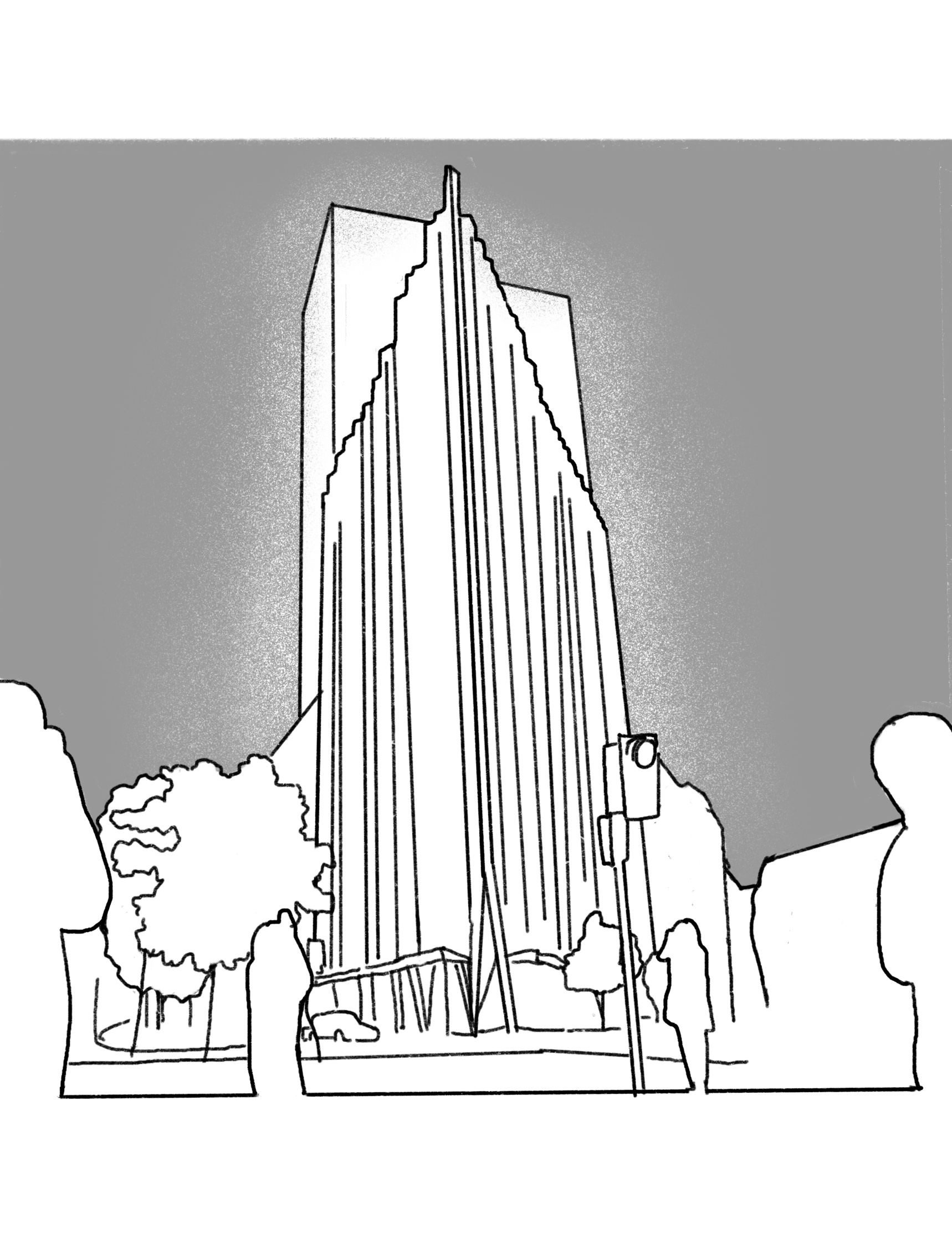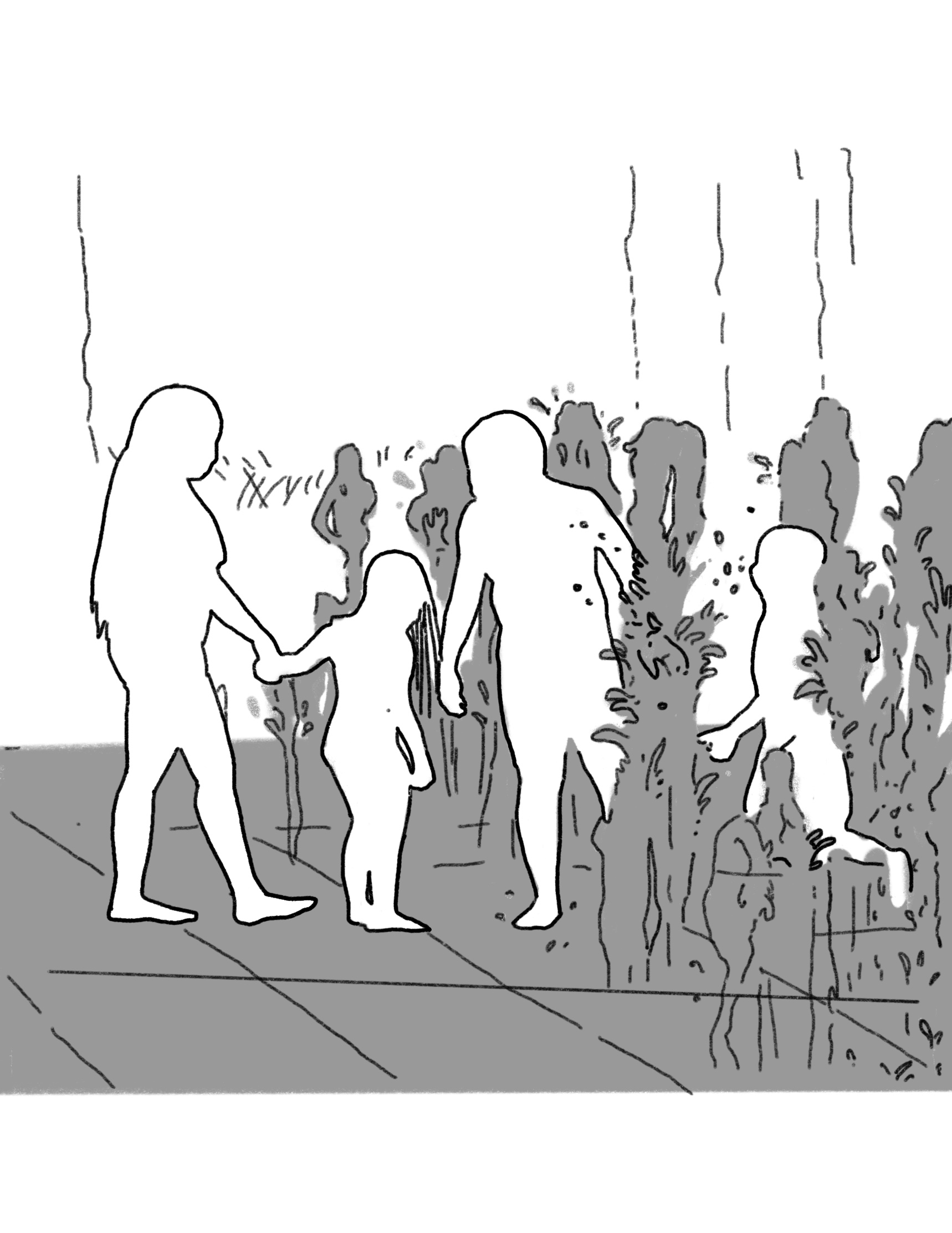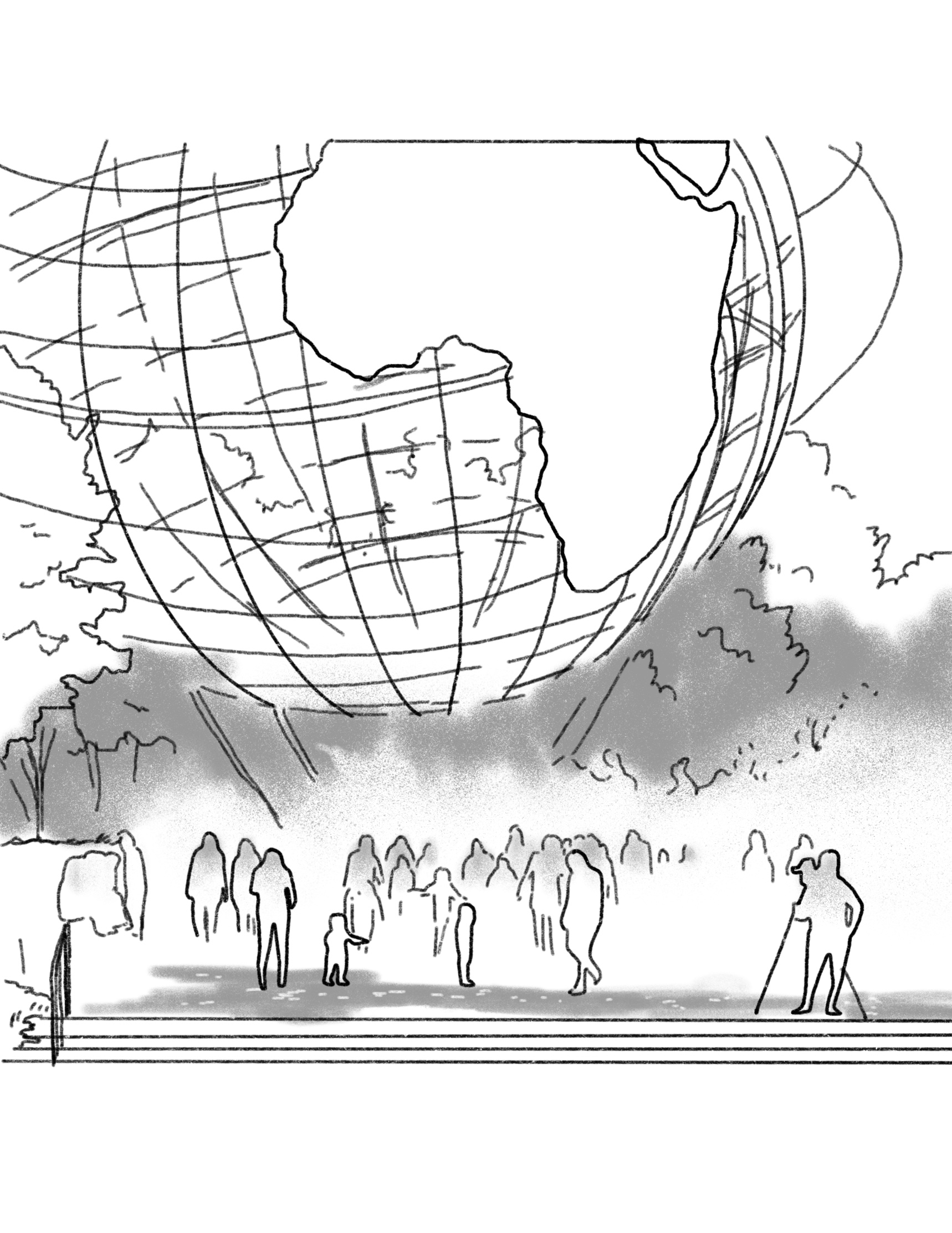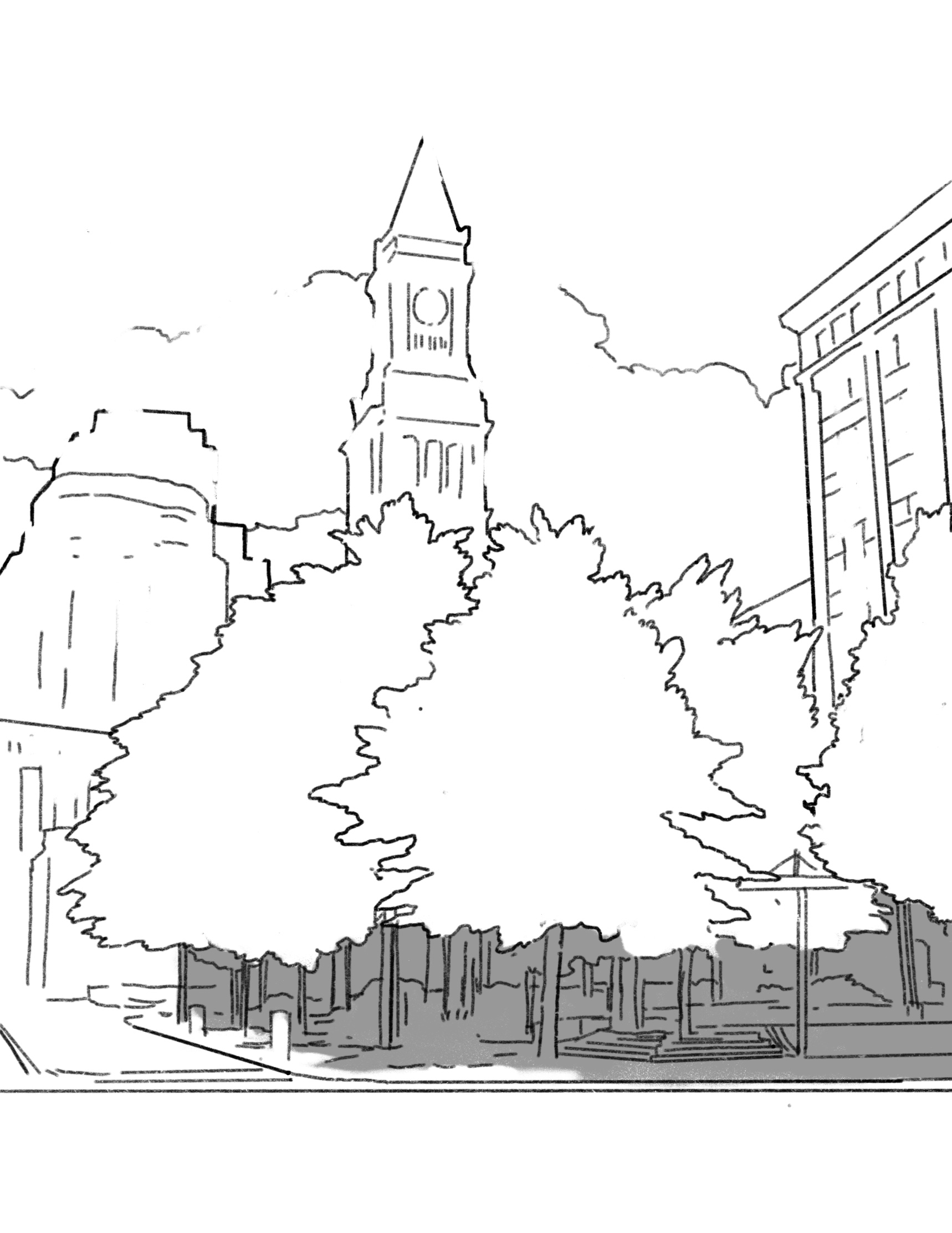Strategy
Adaptation
Incorporate Cooling Features for People
Cooling features like splash pads, misters, and shade structures can provide relief from increasingly dangerous heat waves, and can be made accessible by installation in public places like urban sites like plazas, parks, playgrounds, and streetscapes.
Design for the rapid containment of losses
Options
...with early warning systems.
...by educating people ahead of a disaster.
Case Study
This 15-story building façade at 888 Collins Street, designed by Bruce Ramus, broadcasts hourly incoming weather forecasts. At all other times, the façade’s 25,000 LEDs are programed to visualize real-time weather conditions collected by a instruments on the rooftop.

Lower core body temperature
Options
...with deep water (a pool).
...with drinking fountains.
...with new or improved access to swimmable natural water bodies.
...with cooler air.
...with shallow water (urban beach, interactive or immersive water feature, splash pad, scrim, walk in or ground fountain, water curtain, waterfall, water playground, sprayground, wet deck, spray pad, spray park, wet plaza, water play, playable fountain, wading pool).
Case Study
In the United States, Florida is projected to see the biggest increase in the number of days with a heat index of 100 degrees Fahrenheit or above over the next 30 years. Bookended by an assortment of interactive fountains, misters, and splash pads, SWA designed Curtis Hixon Park to help visitors and local Tampa residents stay cool along the city’s Riverwalk all summer long.

Increase the perception of thermal comfort
Options
...with misters or fog effects (mist garden, mist fountain, misting poles, fog fountain, fogscapes).
...with seating using cool surface materials.
...with swings for air movement.
...by maximizing wind movement in summer.
Case Study
As part of the renovation of a historic World’s Fair site, a 310-ft long reflecting pool was reconstructed as an interactive fog garden designed by Quennell Rothschild & Partners. Fountain of the Fairs’ ephemeral, cooling cloud refreshes visitors on hot summer days while conforming to local water usage restrictions of no more than 25 gallons per minute.

Block solar radiation
Options
...with shade structures.
...by shading the most well-utilized areas of the site with trees.
Case Study
Reed Hilderbrand’s redesign of a formerly paved traffic island involved committing significant design and construction resources to ensuring that the below-grade infrastructure could sustainably support 26 mature mixed-species oaks in the new plaza. The resulting canopy covers 94% of the site and reduces the average ground-level temperature by 10 degrees Fahrenheit.
